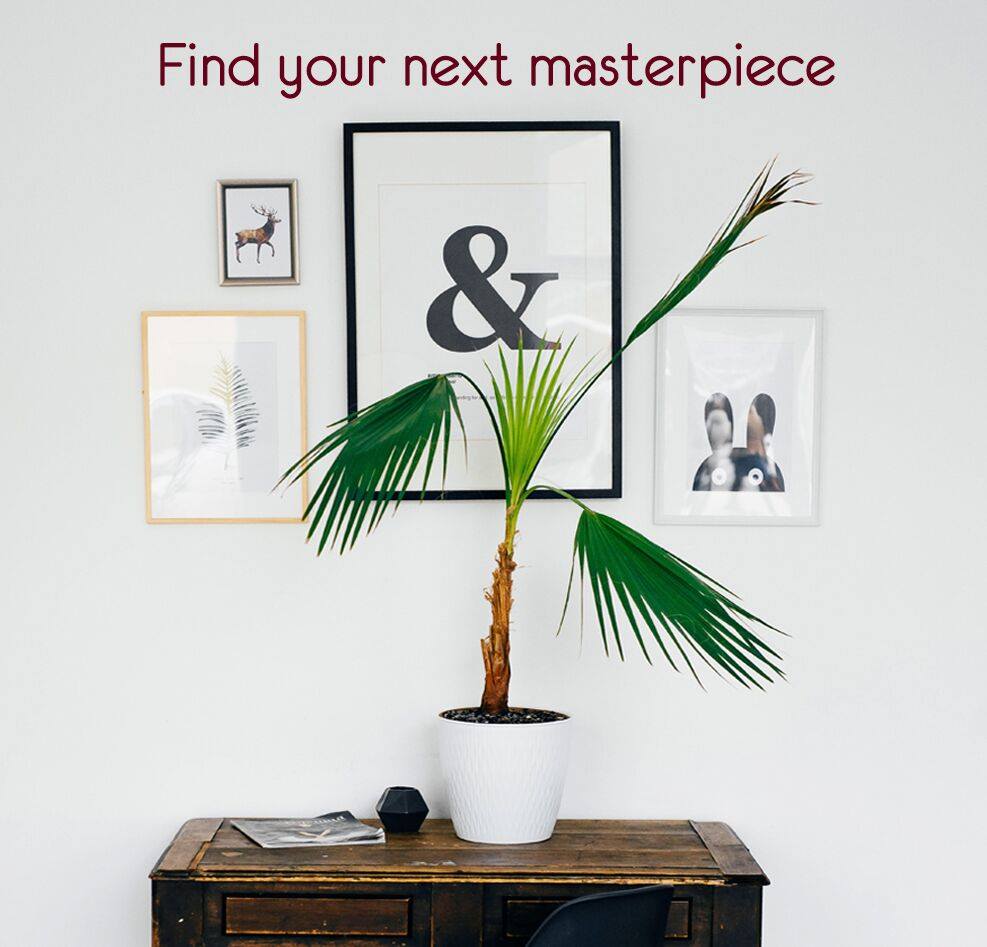They say good things come to those who wait, and that is the case when it comes to designing and creating a custom frame. It is a process that can prove rather arduous depending on the outcome both the framer and client are hoping to achieve.
Custom framing involves a lot of creative problem solving, but it is worth it when the framer curates a frame that enhances and exceeds beyond expectation. From mat cutting to glazing and securing, there is plenty to consider when creating an original framing solution.
Designing
The foundations need to be laid before the framer can start creating their masterpiece. A framing consultant or the framer themselves liaise with the customer to ascertain the shape, colour and size of their ideal frame. From here, the framer considers what colours, matboards, frame types and glazing materials will enhance and protect the piece being framed.
Measuring
Getting the right size and shape can make or break a custom frame. Any measurements need to be as accurate as possible to ensure that the frame will actually properly hold the piece. Framers and consultants will rely on a calculation of border size and other measurements to make sure they create a frame of the correct size.
Building the frame
Once all measurements have been taken, it is time to construct the frame. The framer builds the frame using the trim, materials and colour palette the customer has selected, taking care to include any embellishments or decorative features on the trim.
Mat cutting
The piece of art being framed needs to sit on the correct surface, and this is where mat cutting comes into play. Framers will judge which type of matboard is best for the item being framed, and then begin the complex process of cutting the mat the fit the frame they have created. The framer cuts the matboard accordingly depending on the shape of the frame – it could be a single or double rectangle, V groove or shadow box. Each shape requires a different cutting style, so it can be an intricate process between choosing the right mat cutter for the job and cutting the matboard correctly.
Mounting
This is the step where the custom frame really begins to come together. The framer needs to grapple their method of mounting, and what will work best for what their customer would like. They also need to consider the type of artwork they are working with – stretched canvas needs to be mounted in a different manner to sporting jerseys and war medals, and so forth.
Glazing
After mounting the piece comes the process of glazing. The framer needs to consider what glazing material they are going to use for maximum protection of the piece; some frames may require glass or Plexiglass, while plastic may suffice for other pieces. Regardless of the materials used, the framer needs to ensure that the glass or plastic is cut and fitted properly with the correct set of tools.
Securing and fitting
One of the final touches to the custom framing process, the framer uses specific fitting tools to make sure that the artwork or object sits securely in the frame. After all has been fitted, the framer then adds any hanging hardware and dust covers to ensure their new creation is protected from the elements and ready to be displayed as pride of place in their customer’s home.
Are you considering a custom frame for your most prized pieces? Look no further than the experts at Regent Gallery. Their wealth of knowledge and experience in the framing industry means they are well equipped to create a custom frame to suit all your needs, whether you want to memorialise a special object or your favourite piece of art. Find out more by visiting www.regentgallery.com.au.
